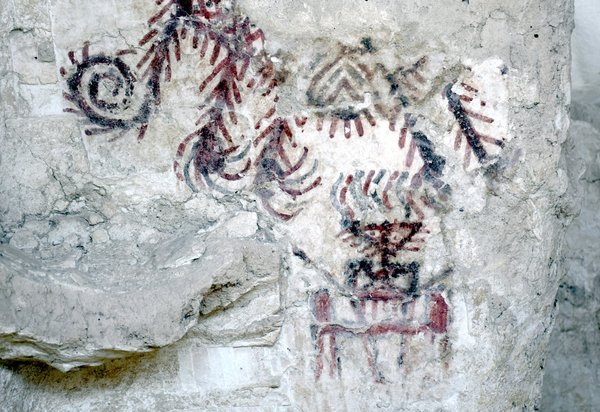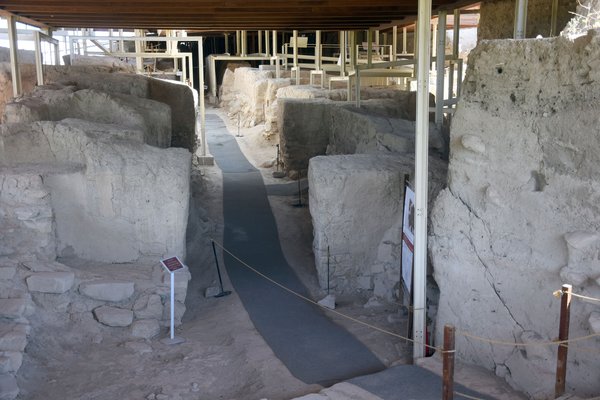Archaeological Site of Arslantepe in Turkey's eastern Malatya province may find place in UNESCO's World Heritage list in 2019.
Four hectares and 30 meters high archaeological mound, lying 5 kilometers away from the city center, was accepted into the UNESCO Tentative List of World Heritage on April 15, in 2014.

According to the UNESCO website, Arslantepe is an "exceptional" testimony to the first emergence of state society in the Near East.
"The archaeological site of Arslantepe and its 4th millennium Palace in particular are a unique visible testimony to the crucial process of state formation and the transformation of society from egalitarian to hierarchical and politically centralized," it said.
Çetin Şişman, Malatya provincial director of culture and tourism, told Anadolu Agency that Arslantepe is one of the biggest mounds in Anatolian region and they continued preparations for the site to be added in UNESCO's World Heritage list.

"We will make official application in 2019. It is not enough to be in the tentative list," Şişman said.
He added the directorate made some projects for the site to be added to the permanent list.
"We will establish a reception center in Arslantepe with a budget of 1 million Turkish liras [$195,610] within the scope of Eastern Anatolian Project," Şişman said.

According to the UNESCO, Arslantepe's excavations have been conducted since 1961 on behalf of Turkish Culture and Tourism Ministry and the Italian Archaeological Expedition of the Sapienza University of Rome.
"The site and the monumental palatial complex of the 4th millennium BCE, thanks to a long and careful excavation activity on large surfaces and across many levels representing millennia of ancient history, can ensure the complete representation of the crucial processes of the birth of State and hierarchical society," it said.